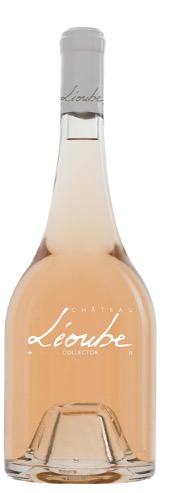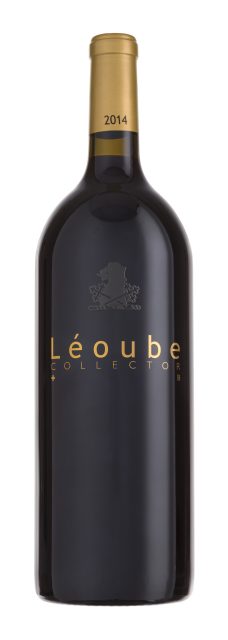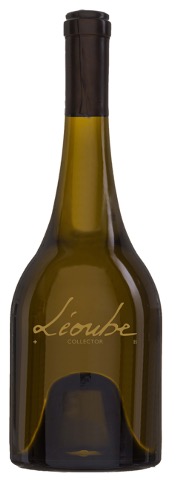This website uses cookies so that we can provide you with the best user experience possible. Cookie information is stored in your browser and performs functions such as recognising you when you return to our website and helping our team to understand which sections of the website you find most interesting and useful.
Château Léoube launches new premium Collector range
Provence producer Château Léoube is further premiumising its wine portfolio with the introduction of a new Collector range, which includes a red, white and rosé offering.

The Provence producer, best known for its rosé wines, first showcased the Collector range at Wine Paris Vinexpo Paris in February.
Jérôme Pernot, export director for Château Léoube, described the new offering as like “discovering a gem”. He told db that the new range was developed due to interest from the brand’s consumers, who were “expecting something from us on a high level”.
“We have a family of consumers around Léoube, and it’s important to keep them interested,” he said. “They have known us for 25 years, so this is the perfect example of pleasing the family of consumers with something unique, and very small production.”
Grapes used in the Collector rosé come from the La Londe’s appellation parcels of the estate, offering the most concentration and balance. They are hand-picked in the vineyards, and free-run juice makes up the majority of the cuvée. After fermentation, the wine is slowly matured on its lees with batonnage in thermoregulated stainless tank.

The collection also includes a white and red wine. Winemaker Romain Ott said that the Provence producer has seen “more and more demand for the whites and the reds”, something the winery is keen to capitalise on.
Léoube Collector 2016, the red wine in the range, is a blend of Cabernet Franc and Cabernet Sauvignon. It has undergone slow fermentation in stainless steel tanks, and ageing in used French oak casks for a minimum of 24 months. Its recommended ageing time is more than 10 years.

Léoube Blanc Collector 2022 is a blend of 50% Sauvignon Blanc, 30% Rolle, 15% Sémillon and 5% Ugni Blanc. The wine has undergone gentle direct pressing, malolactic fermentation and natural clarification, and has been rested on its lees for eight months before bottling.
Related news
Vivino’s crowd reviews gain credibility in Cambridge study
Perrier-Jouët combines art and biodiversity in Ambonnay vineyard

